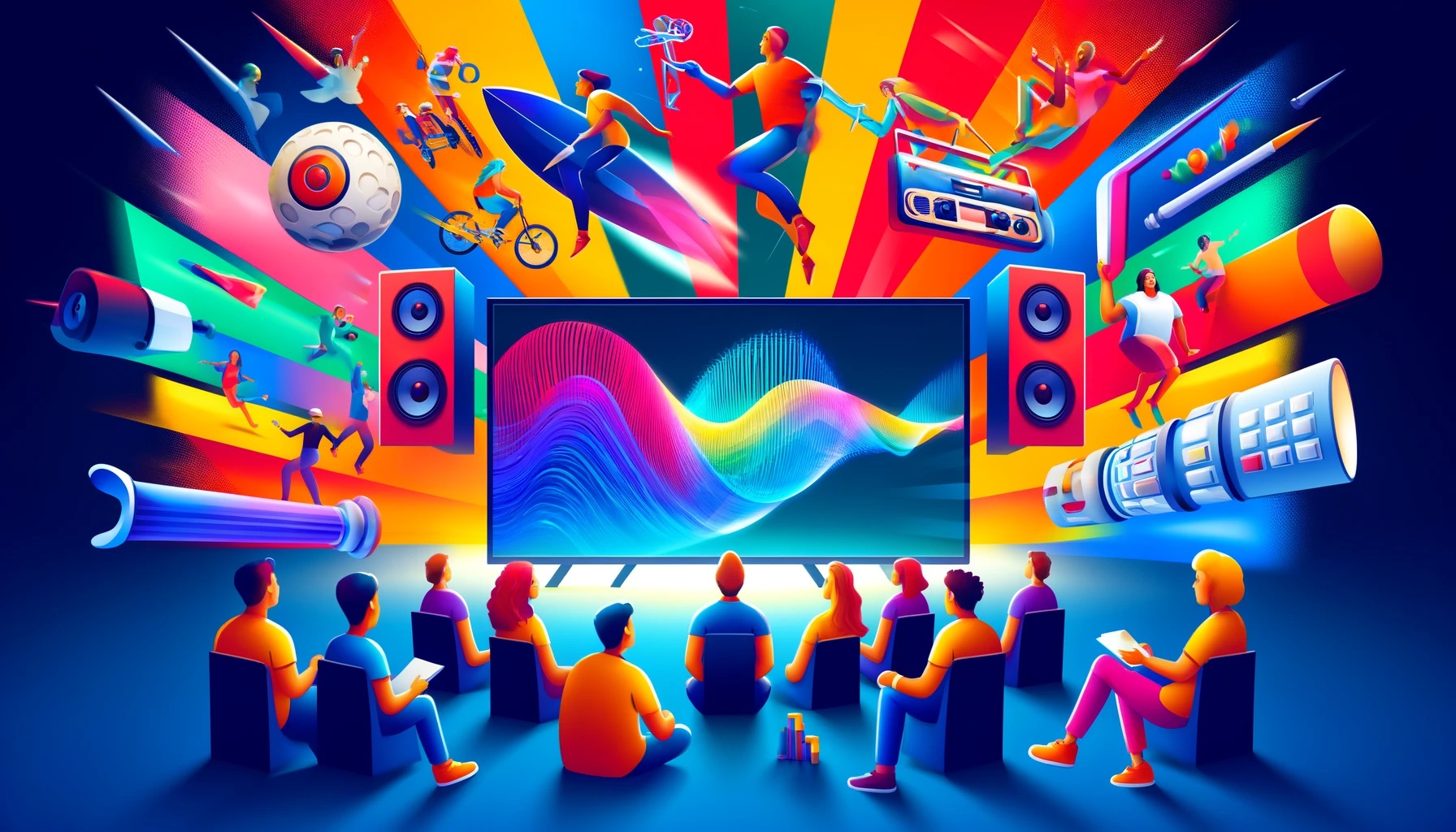At Ungentle Marketing, we are always keen to share insights that could transform the effectiveness of your advertising strategies. A fascinating study recently published in the Journal of Marketing Research has shed light on the significant impact of ‘energetic’ advertisements on viewer engagement. The research, entitled “High-Energy Ad Content: A Large-Scale Investigation of TV Commercials,” analysed an extensive dataset of 27,000 commercials from 3,200 brands, aired across US households between 2015 and 2018, including 3,077 Super Bowl ads from 1969 to 2020.
Defining ‘Energetic’ Advertising
The study defines ‘energetic’ ads based on viewer perceptions which include descriptors such as ‘fast’, ‘music’, ‘movement’, ‘upbeat’, and ‘exciting’. The energy of an ad was quantified using an algorithm similar to the one Spotify employs to gauge the energy of audio tracks, describing it as a perceptual measure of intensity and activity.
Insights on the Use of Energy in Ads
It emerged that the use of high-energy content in advertisements is not just common but is increasing; the study notes a 33% rise in energy levels in ads over three years. This trend correlates with a growing preference for ‘left-brain’ advertising strategies, characterised by quick cuts, rhythmic soundtracks, and dynamic visuals. However, it is crucial to note that while these strategies may grab attention in the short term, they are often not linked to long-term advertising effectiveness.
Energy and Emotional Engagement
The study found a strong correlation between the energy levels in advertisements and psychological arousal among viewers, which describes the subjective experience ranging from calm to intense excitement. This insight suggests that ads with higher energy levels can significantly mobilise viewer energy, enhancing engagement.
Strategic Implications for Brands
Based on these findings, we recommend that brands consider the following strategies:
- Tailor Ad Energy to Audience Mindset: Adjust the energy level of ads based on the time of day, tapping into the audience’s psychological state. For instance, lower-energy ads might be more appropriate during the evening when people are winding down.
- Careful Feature Engineering: Beyond adjusting ad volume, which is regulated, brands should use nuanced features within their ads to capture and hold attention effectively.
- A/B Testing for Creative Execution: To truly measure the impact of different energy levels in ads, conduct A/B testing with variations in ad content to see which resonates more with audiences.
Impact Across Categories and Content
The study also highlighted that the impact of ad energy varies across different product categories and content types. For instance, high-energy food and beverage ads perform well when placed next to entertainment and news content but less so during sports broadcasts. Conversely, high-energy health and beauty ads tend to have shorter viewing times when aired during sports content.
Conclusion
The insights from this extensive study underscore the importance of dynamic and engaging advertising but also highlight the need for a strategic approach to using energy in ad content. At Ungentle Sports Marketing, we believe that understanding these dynamics can help brands make more informed decisions about their advertising strategies, ensuring that each campaign is not only seen but truly felt by audiences. To explore how these insights can be integrated into your marketing strategies, do not hesitate to get in touch with us or delve into the full paper available on the Journal of Marketing Research’s website.



